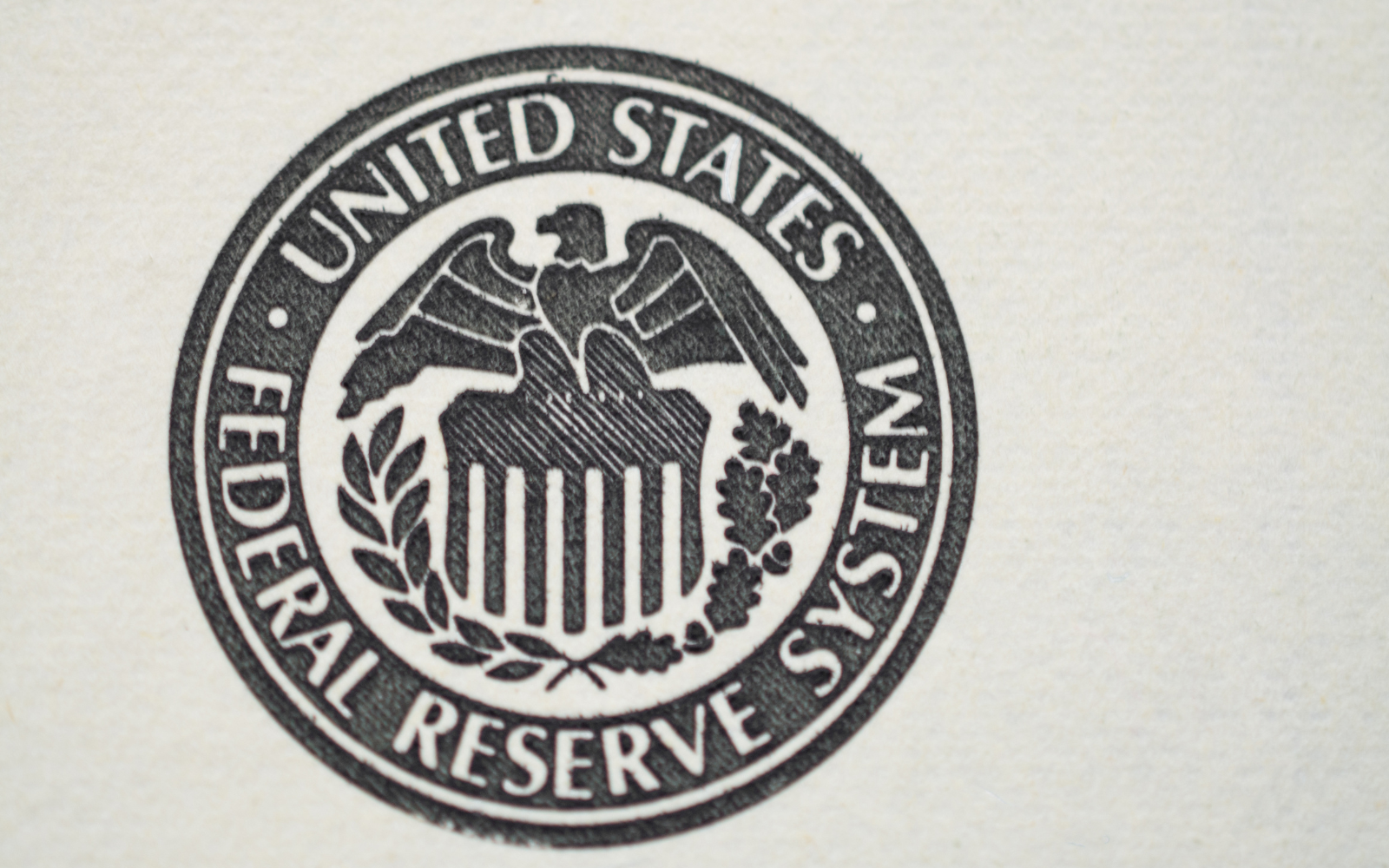Federal Reserve Board Announces Updated Guidelines for Account Access, But Questions Remain
- Federal Reserve Board introduces three-tiered review system for access to its payments system.
- Federally insured banks will on average have less stringent reviews, while nonbanks will receive the most diligence and scrutiny.
- Despite standardization efforts, regional Federal Reserve Banks retain considerable discretion when reviewing requests.
- Questions remain regarding account eligibility for many nonbank entities.
Background
On August 15, 2022, the Federal Reserve Board announced it had adopted final guidelines for reviewing requests to access Federal Reserve System accounts and payment services. The final guidelines follow the May 2021 proposal, where the Board introduced six principles “that would support consistency in approach and decision-making across Reserve Banks while maintaining Reserve Bank discretionary authority to grant or deny requests.”
The six principles emphasized safety and soundness, protecting consumers, protecting the payments system, and maintaining the stability of the financial system. The Board followed the 2021 proposal by proposing a three-tiered review framework for account access in supplemental notice in March 2022.
The 2021 proposal and 2022 supplemental notice attracted numerous comments from industry and the public. Many nonbank financial institutions, including those holding a Wyoming Special Purpose Depository Institution charter, have argued that the Board hinders innovation by delaying approvals master accounts for nonbanks, particularly those offering products involving cryptocurrency.
However, some banking industry participants have urged caution in approving access to the payments system for nontraditional companies, arguing that allowing nonbanks will not be subject to the same regulatory requirements as banks, which increases risk.
Account Access Guidelines: Summary and Outstanding Questions
The Board’s guidelines include a tiered review system to evaluate requests. Tier 1 consists of federally insured depository institutions, which are already subject to federal banking regulation. Tier 2 consists of institutions which are not federally insured, but subject by statute to prudential supervision to a federal banking agency, including at the holding company level, such as National Trust Banks. Tier 3 includes institutions that are not federally insured and not subject to federal prudential supervision.
Because Tier 1 institutions face rigorous federal oversight, their applications will receive the least amount of diligence and scrutiny. Tier 2 institutions will require more review to ensure they have requisite controls and risk management to receive access. Tier 3 institutions will face the most significant review, because they “may be subject to a regulatory framework that is substantially different from the regulatory framework that applies to federally-insured institutions” and “detailed regulatory and financial information regarding Tier 3 institutions may not exist or may be unavailable.”
To increase consistency, the Federal Reserve Banks will consider six principles guiding their reviews.
- Each institution requesting an account or services must be eligible under the Federal Reserve Act or other federal statute to maintain an account at a Federal Reserve Bank and receive Federal Reserve services and should have a well-founded, clear, transparent, and enforceable legal basis for its operations;
- Provision of an account and services to an institution should not present or create undue credit, operational, settlement, cyber or other risks to the Reserve Bank;
- Provision of an account and services to an institution should not present or create undue credit, liquidity, operational, settlement, cyber or other risks to the overall payment system;
- Provision of an account and services to an institution should not create undue risk to the stability of the U.S. financial system;
- Provision of an account and services to an institution should not create undue risk to the overall economy by facilitating activities such as money laundering, terrorism financing, fraud, cybercrimes, economic or trade sanctions violations, or other illicit activity; and
- Provision of an account and services to an institution should not adversely affect the Federal Reserve’s ability to implement monetary policy.
While helping to clarify criteria for review, these principles leave a considerable discretion to regional Federal Reserve Banks. Several questions remain for interested parties.
The first question centers around which entities qualify as “eligible” under the Federal Reserve Act. While several comments sought greater clarity on that eligibility, the Board opted not to address that issue, stating, “After a careful analysis of this issue, the Board has determined it is not necessary to do so at this time. The Account Access Guidelines do not establish a legal eligibility standard, but the first principle clearly states that institutions must be eligible under the Federal Reserve Act or other federal statute to maintain an account at a Reserve Bank.” That position preserves discretion for the Board, without increasing transparency of its decisions.
Second, it is unclear how Federal Reserve Banks will use their discretion providing by the new guidelines. For example, the principles say a requesting institution must be “in sound financial condition, including maintaining adequate capital.” While capital standards for Tier 1 and Tier 2 institutions, there are no clear standards for Tier 3 institutions leaving that to the supervisory judgment of regional Federal Reserve Banks.
A third question raised by the guidelines is how Federal Reserve Banks will evaluate requests involving cryptocurrency and new technology, including distributed ledger and blockchain. The Board expressed concern with precedent setting, “The evaluation of an institution’s access request should also consider whether the request has the potential to set a precedent that could affect the Federal Reserve’s ability to achieve its policy goals now or in the future.” Combined with the minutes from the July Federal Open Markets Committee meeting that state, “financial stability challenges posed by digital assets,” industry participants should expect the Federal Reserve Banks to tread carefully when reviewing applications involving digital assets and innovative approaches to payments and related services.
Put Patomak’s Banking Expertise to Work
Patomak has deep experience in helping banks and other financial institutions manage risks and respond to developments in banking regulation. Contact us to learn how Patomak can help you navigate these challenges and help you meet your business goals.
Links
- Press Release: Federal Reserve Board announces final guidelines that establish a transparent, risk-based, and consistent set of factors for Reserve Banks to use in reviewing requests to access Federal Reserve accounts and payment services.
- Federal Register Notice: Guidelines for Evaluating Account and Services Requests.
- 2021 Federal Register Notice: Proposed Guidelines for Evaluating Account and Services Requests (PDF).
- March 2022 Supplemental Notice: Guidelines for Evaluating Account and Services Requests.
- Minutes of the Federal Open Market Committee July 26–27, 2022.



